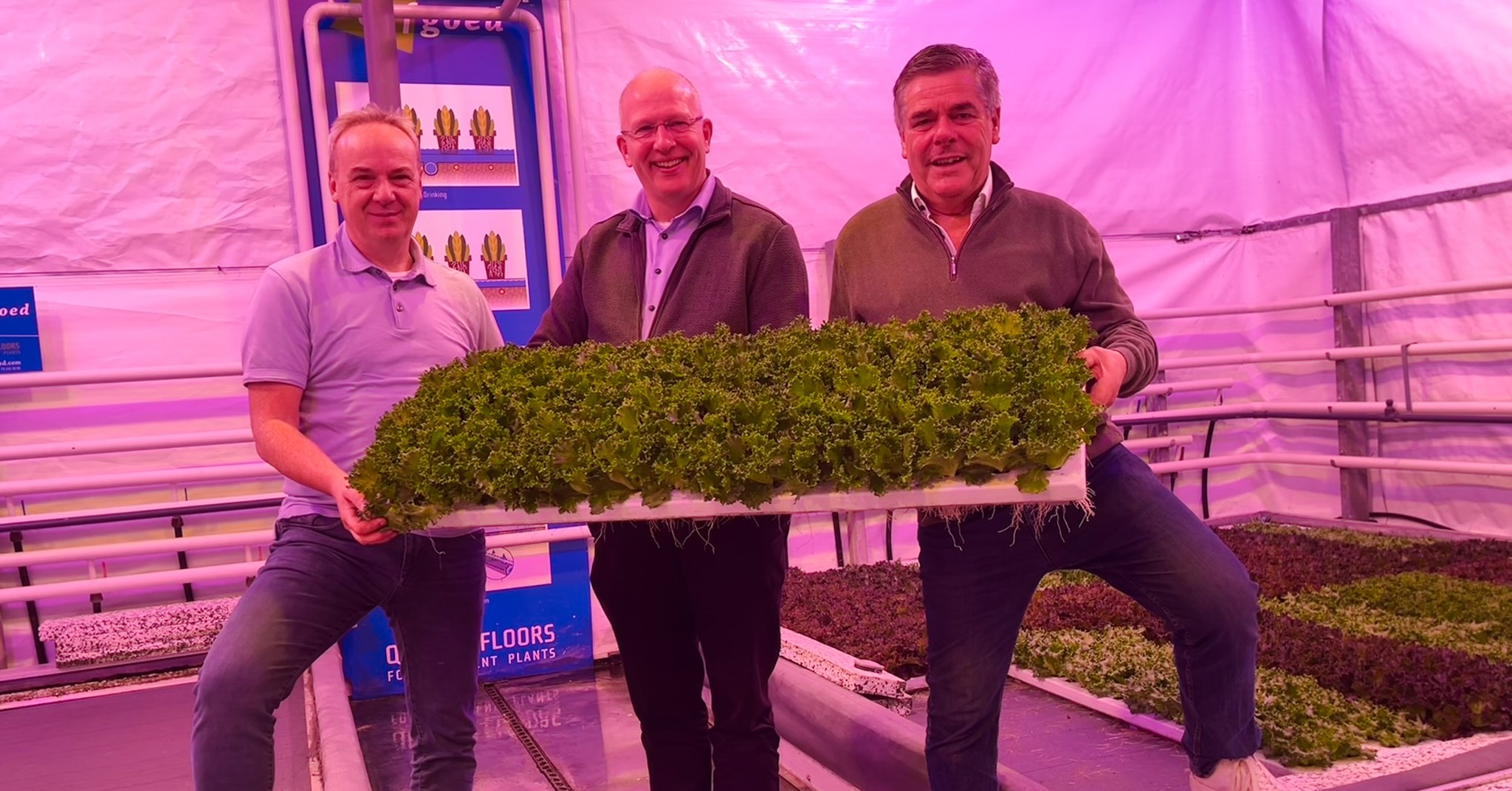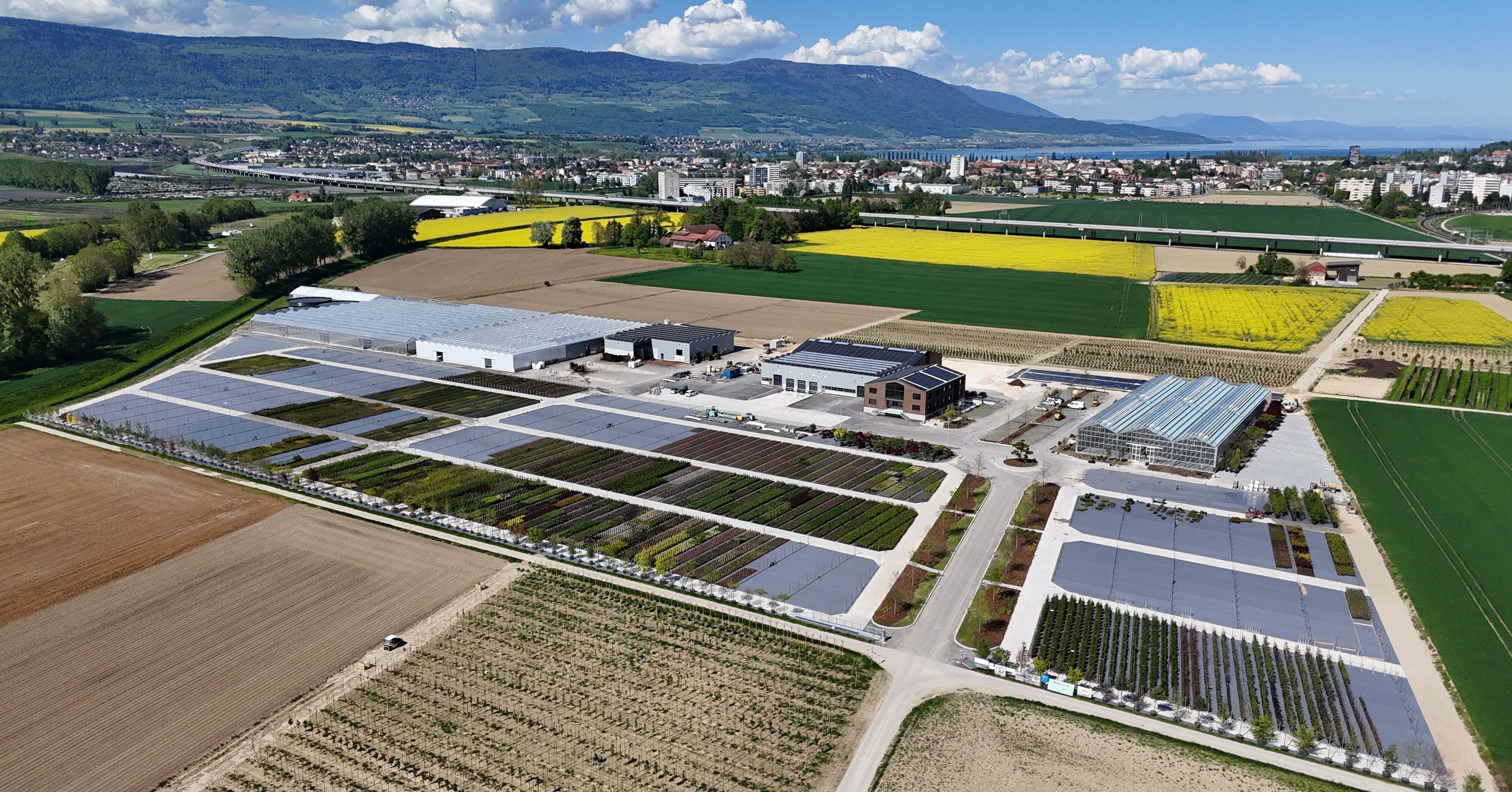- Prefer direct contact? +31 (0)79 593 38 00
- Language: English
How could growers minimize the risk of diseases in crops? [4 tips]
![How could growers minimize the risk of diseases in crops? [4 tips]](https://www.erfgoed.com/hubfs/How%20could%20growers%20minimize%20the%20risk%20of%20diseases%20in%20crops%20%5B4%20tips%5D-1.jpg)
How could growers minimize the risk of diseases in crops? [4 tips]
Mar 24, 2022 5:30:00 PM
Disease prevention is a very important topic in horticulture. Of course: a completely disease-free culture does not exist, but you can strive for it. With this blog, we would like to give you some tips.
A vital plant
A ‘happy’ plant is less susceptible to diseases. This is also the case with people. A colleague who feels well will be less likely to pick up a cold from another colleague than a colleague who is not entirely fit. So it's all about vitality!
Prevent disruption of growth by root and leaf breakage
At certain moments, a plant - including a vital and resilient plant - runs an additional risk of catching the 'cold symptoms' of other plants or being infected itself. This is because invading spores are present, allowing diseases to enter the plant. Plants are especially vulnerable at the following times:
Broken Roots
Root breakage quickly leads to a disturbance in the plant mechanism. A root break can occur in several ways. For example, the root may receive a small break when removed from the tray or pot. Usually, the plant recovers well from this. However, sometimes disease spores take this opportunity to invade the plant.
In case of leaf breakage
With leaf breakage, the same story applies as with root breakage: a breakage in the leaf is also an easy entry point for diseases. However, the disease spores that manage to penetrate in the case of leaf breakage are different from those that strike in case of root breakage.
Don't give diseases a chance: 4 tips
Root and leaf breakage are difficult to prevent. However, you can do a few things to minimize the chance of disease:
1. Commit to a resilient plant
As indicated, it is important to prevent a plant from easily adopting fellow plants' "cold symptoms". Growing a resilient plant is then an important starting point. Putting the plant in its power is what this is all about. It is a utopia to think that you can completely prevent diseases with this, but the chance is considerably smaller. We explain this further in our white paper on plant health.
2. Water at the right time
Root breaks often occur during activities done with the plant movement. Provide a good micro-climate so that "the plant can recover". Be sure to use clean water. This will prevent the spread of germs. Especially if a plant has root breakage and thus the invasion of spores, you must do everything you can to prevent the spread.
3. Water in the right way
Plants that are watered overhead are at greater risk of disease. If, for example, there is a leaf break, then the disease can easily penetrate. Therefore you should water as much as possible from below to prevent leaf breakage. In this way, you reduce the risk of disease.
4. Avoid stagnant water in the pot
Stagnant water in and around the pot is disastrous: it creates the perfect climate for diseases to grow. The chance of being confronted with diseases is then logically many times greater. The ErfGoedFloor helps to prevent these kinds of problems. The floor consists of a permeable layer of rock. This allows excess water to drain away; only the water retained by the potting soil remains. In addition, there is room for air in the pots. And that has a positive effect on root growth.
Want to read more about plant health?

Hugo Paans
CEO



